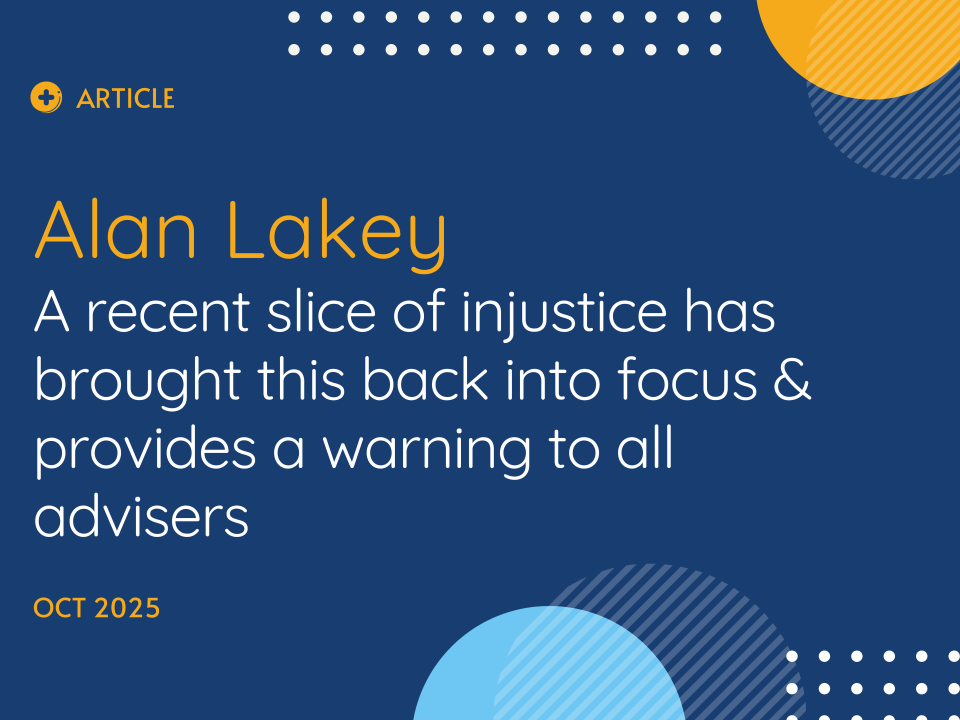“It’s clear there is a real need to raise awareness about the limitations of joint plans to ensure clients are given the best advice"
Emma Thomson
When the CIExpert team launched their ‘Single is Best’ initiative last November, I was proud to be one of many senior figures from across the market backing the campaign. It was launched with a key purpose; to improve customer outcomes through highlighting the significant benefits of a couple each taking out individual critical illness cover rather than joint cover. As a cancer survivor and critical illness claimant myself, I know first-hand the importance of having the right cover in place.
Firms and individuals been pledging their support of the campaign and this month CIExpert are celebrating a significant milestone with 100 pledges from businesses across the market. A fantastic result for what is an important campaign to help more people be better protected.
Many advisers signed up to the pledge immediately, some of them sharing they were somewhat puzzled that a campaign was even needed as their preferred approach is to recommend single plans to their clients so were surprised others didn’t.
I know from working with a broad range of adviser firms over the last few years, both directly authorised and appointed reps, that not all advisers take that approach, typically recommending joint-life CIC plans. In my view, this can leave clients under-protected and is why I have long advocated single plans when training advisers. It’s of course positive that advisers are recommending critical illness cover to clients rather than just an easy-to-sell, cheap life cover plan, even if this is on a joint basis. But it’s clear there is a real need to raise awareness about the limitations of joint plans to ensure clients are given the best advice.
From speaking to advisers, I know there are differing reasons why joint plans were being recommended but there are typically three key themes; a lack of understanding on why single cover is better, a focus on recommending the cheapest option to secure a sale and compliance rules that made it hard (or near impossible) for advisers to recommend single cover to couples.
The CIExpert team have addressed these challenges head on, utilising the support of their Critical Thinking Ambassadors and others like me to help increase knowledge and change behaviours. Speaking at events, adding content to the insight zone, hosting webinars and engaging with firms directly have all help to drive forward change. I know advisers who have changed their approach when advising couples as a result of learning about the limitations of joint plans. We’ve also seen compliance teams review their guidance and clarify to their advisers that they don’t need to default to joint cover; they can indeed recommend single plans as long as a comparison with a joint plan is made which is the sensible approach in any case.
What has been particularly poignant is the support shown by the organisation Surviving Economic Abuse who also share concerns about joint life plans which sadly can be used by abusers to further dominate their victims. I was fortunate to hear a talk at a conference earlier this year by the CII where they also highlighted the risks of joint plans for economic abuse victims, encouraging advisers in the audience to recommend single plans instead.
For anyone still not sure whether single cover really is the best option, why are we all so impassioned about this issue?
Single policies enable advisers to tailor the recommendation to each individual. As the CIExpert comparison tech easily demonstrates, what might be the best policy for one client isn’t necessarily going to be the best for their partner. They also might have different risks to be underwritten and recommending two insurers could ensure each life gets the best terms.
Whilst two single plans often cost more than a joint policy, they provide significantly better value. Clients effectively get double the cover for only a fraction more per month compared to a joint plan and ensures both are covered independently. If one life claims on a joint plan, the other is left without any insurance and sadly they may later develop a critical illness themselves. For those who say that person can just take out new cover later on if they still have a need, they might not be able to due to changes in health, and they’ll certainly be paying significantly more due to being that much older. And for clients with children, each of their policies will pay out children’s critical illness cover whereas with a joint policy there would only be one payout.
No happy couple wants to think they’ll end up separating, but as we all know, that happens all too often. Single policies mean when a couple splits, they retain their individual cover. If they’d taken out a joint cover, they’d have to try to utilise the separation option which unfortunately may cause additional issues. Separation options often require proof of legal separation, or a new mortgage which might not be applicable for all couples, particularly those who rent and/or cohabit.
I mentioned the Surviving Economic Abuse (SEA) organisation earlier. I’ve found many advisers unaware of how joint plans can be harmful in the context of domestic abuse. Joint policies can be used by an abusive partner to threaten and control their victim. Separation options may require the abuser to ‘approve’ the separation of a plan which they may refuse to do to cause further harm and distress to their victim. Whilst the campaign is directly focussed on critical illness, on the whole I believe single is best for life only plans too, particularly when taking into account the potential risk of domestic abuse. Single plans not only provide greater protection in terms of coverage, but they can also help ‘protect’ a victim from their abuser. It’s therefore been very important to have the backing of SEA who see first hand the suffering of victims.
When taking into account Consumer Duty, I believe recommending single plans helps advisers to avoid foreseeable harm for their clients, harm that could be created by having a joint policy. We know some customers will simply want the cheapest cover available which could be a joint plan. But advisers have a responsibility to ensure their clients are aware of the benefits of single-life cover as well as the joint-life option so that they can make an informed choice.
And as someone who fundamentally believes in the benefits of buying protection through an adviser, ultimately, it also cements the value of getting advice. Consumers who buy through non-advised channels often buy joint cover based on price alone and because they don’t know enough to choose better value, and better-quality coverage.
‘Single is Best’ has not yet reached its first anniversary, but it’s been a very rewarding period for the CIExpert Team seeing behaviours shift as a result of the campaign and I know there’s much more to come! CIExpert will continue building on the momentum through events, the insight zone and working closely with individual firms. If you’ve not yet signed up to the pledge, you can do so here and join the hundreds of others who have already given the campaign their backing.
By pledging, advising, sharing best practice and working together, we can help more consumers get the protection they need and ultimately enable more people to claim should a critical illness sadly strike.




